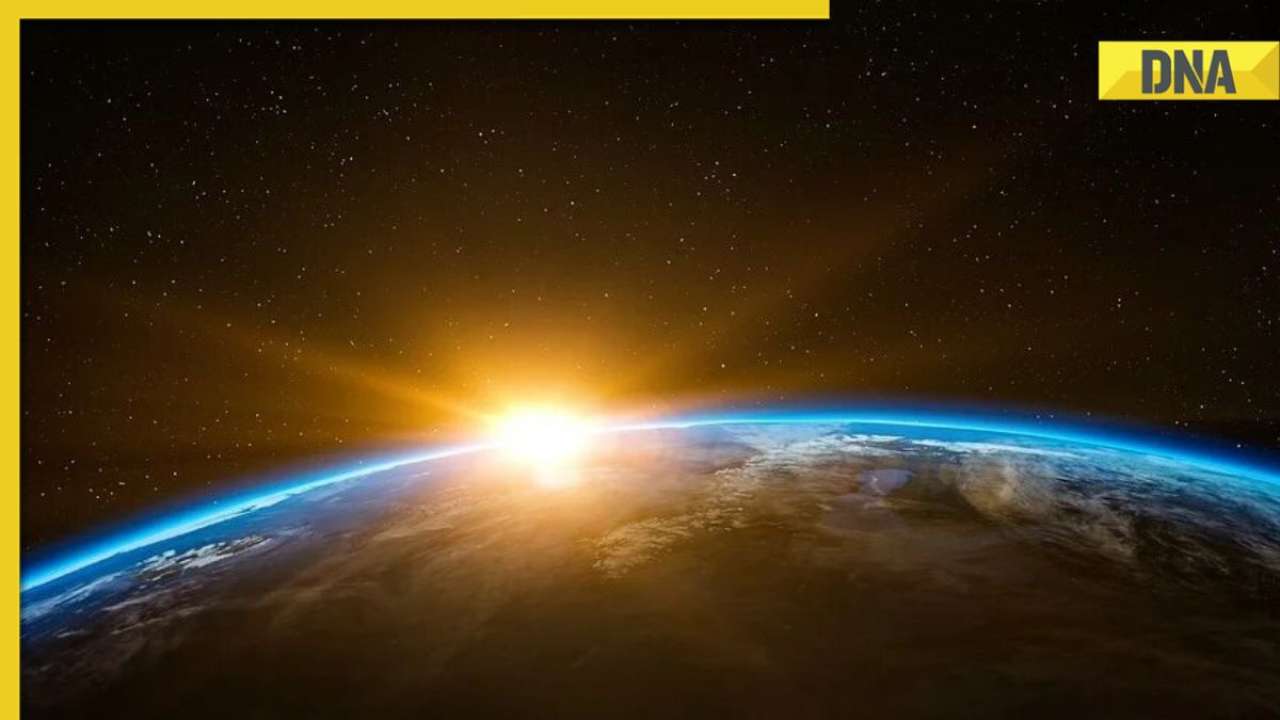Why is June 21 the longest day of the year? Know what is summer solstice
Do you what is the reason behind June 21st being the longest day on Earth? read below to know all about the summer solstice.

June 21 is an interesting date. It is the date when Earth has its longest day and the shortest night. This date is also known as the summer solstice in the northern hemisphere of the world. In the northern hemisphere, summer is in the middle of the year. Whereas, in the southern hemisphere summer lies in December.
The summer solstice is marked to celebrate the beginning of summer or mid-summer as at this time Earth's pole is on the maximum tilt towards the sun. After June 21, the days start to get shorter and the nights become longer.
Why is June 21 the longest day?
June 21 or the summer solstice is the longest day because the Earth's pole tilts to 23.5 degrees more than its usual tilt towards the sun resulting in an exposure to the Earth receiving more direct sunlight onto its surface.
On the day of the solstice, the Sun reaches its northernmost position at the Tropic of Cancer, after which it stands still before reversing its direction and moving south again.
This year, it will take place on June 21 at 3:58 pm BST in the UK and 10:58 am ET / 7:58 am PT in the US, and 8:27 PM in India.
